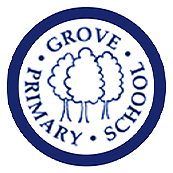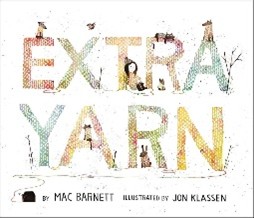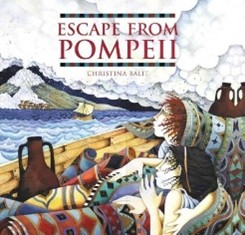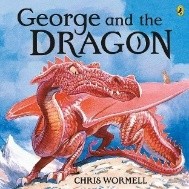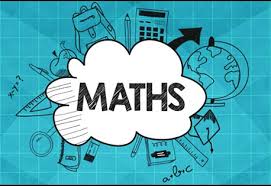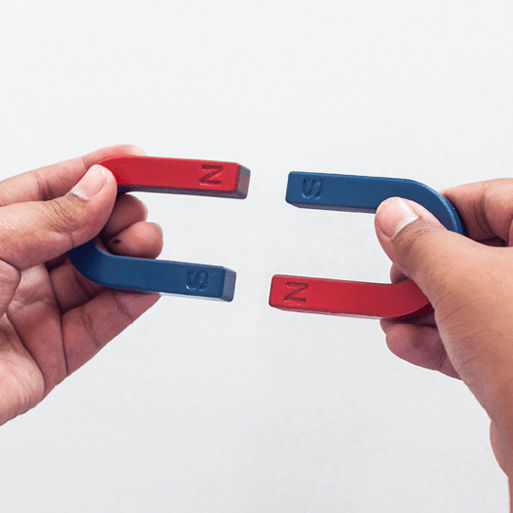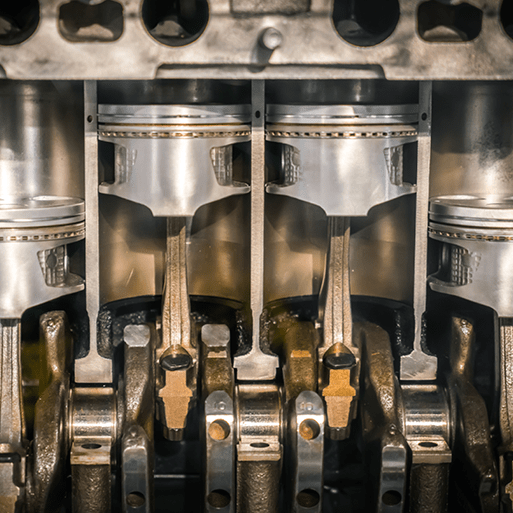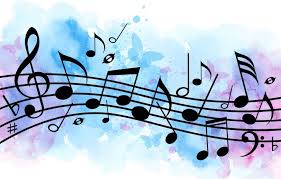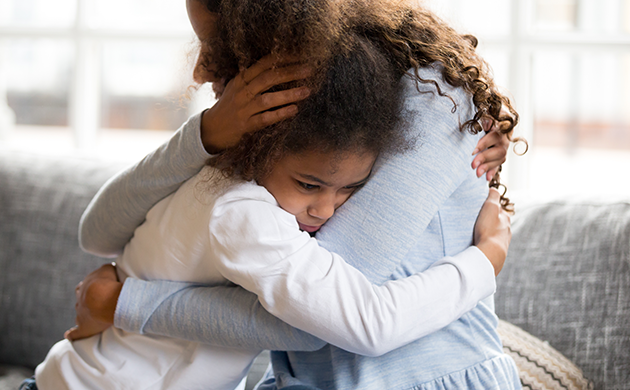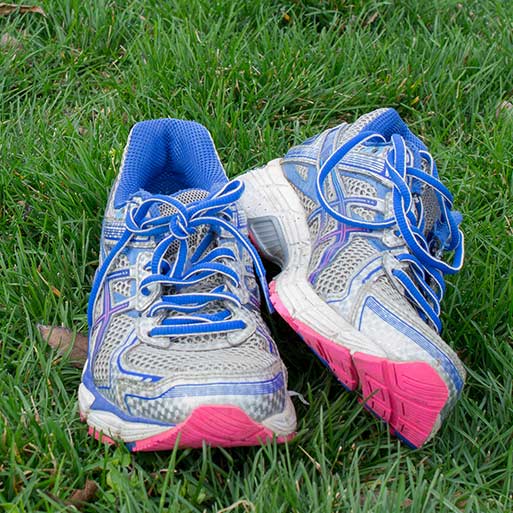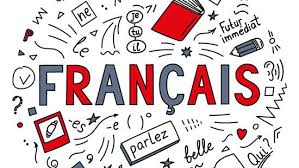Year 3 - Spring Term
|
Geography: Rocks, Relics and Rumbles |
In the Rocks, Relics and Rumbles project, your child will learn about the different layers of the Earth, including plate tectonics and their potential effects on the Earth's surface. They will investigate different types of rock to learn about their uses and properties. They will also investigate soil and fossils, including learning about the work of Mary Anning. They will have the opportunity to use maps to learn about the lines of latitude and longitude and a compass to learn about the cardinal and intercardinal points. They will also learn about volcanoes, earthquakes and tsunamis and the long and short-term consequences that these can have. |
||
|
English: Reading
|
|||
|
English: Writing
|
Skills: See National Curriculum for Year 3 Text Types:
|
||
|
Maths
|
|
||
|
Science: Forces & Magnets
|
In the Forces and Magnets project, your child will learn what forces are and what they do. They will learn about pushing and pulling forces and sort different actions into pushes and pulls. They will identify and explain contact forces. They will learn about and investigate frictional forces. They will use force meters to measure the forces needed to carry out everyday tasks and record their measurements. They will learn about magnetism (a non-contact force) and explore bar magnets. They will find out about magnetic attraction, repulsion and magnetic fields. They will test the magnetic properties of different objects. They will learn about the magnetism of the Earth and how this enables compasses to work. They will use this knowledge to make compasses. They will learn about the uses of friction and magnetism and carry out research. They will use different methods to investigate the strength of magnets. | ||
|
Art: Ammonite
|
This project teaches children about artistic techniques used in sketching, printmaking and sculpture. |
||
|
Design & Technology: Making It Move
|
This project teaches children about cam mechanisms. They experiment with different shaped cams before designing, making and evaluating a child's automaton toy. |
||
|
Music - Charanga
|
Spring 1 Project: Three Little Birds Knowledge Organiser Three Little Birds Spring 2 Project: The Dragon Song |
||
|
Computing
|
Unit 3: Creating Media: Video Trailers
In this unit pupils will be creating book trailers with iPads. |
||
|
PSHEE
|
|
||
|
RE:
|
Unit 2.1 Why is Jesus important to Christians?
Unit 2.5 Why do religious people celebrate? |
||
|
PE
|
|
||
|
French: Playground Games
|
In this unit pupils will learn:
|

